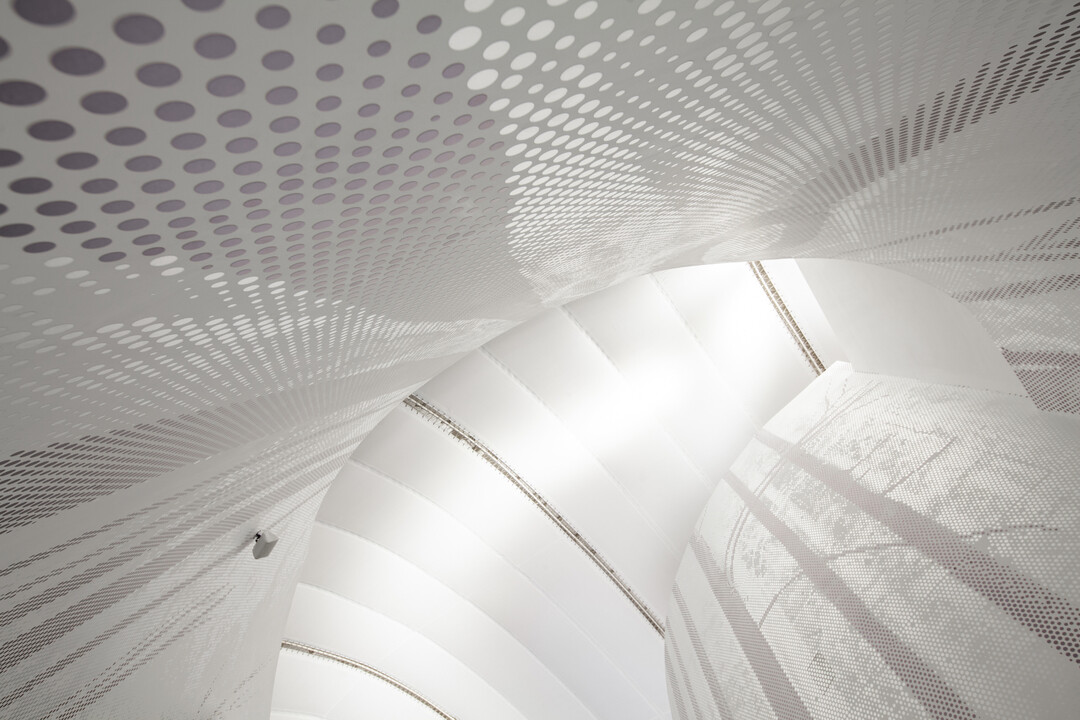
Members Only
加入會員後,點選Members Only即能閱讀更多完整文章及獨家內容。
住宅/傳承何宅
近一、二十年來,人們與建築的相處模式漸漸開始有了改變,從前多是三代以上家族同住,如今因社會時代背景的不同,開始是父母與小孩單純的兩代成員居住。因為有了如此改變,促使建築人重新思考家庭空間。
這幢傳承何宅是屋齡六十年的祖厝,改建前外觀是民國四、五十年閩南式房屋,當時居住面積只有單層,牆柱有洗石子與白菜花脫線的圖案。二十年前,業主何先生買下周邊土地準備進行合併建造,但因為是虔誠的佛教徒,尊敬著歷代祖先,改建時必須遵循神明囑咐保留整體外觀。毛森江坦言,為此他苦惱了許久。在不能變動外觀的前提之下,要從一層改為三層,老宅結構將難以承受。因此,在業主同意之下,毛森江到神明前提出兩問:「外觀保存,地板可否打破重做?」、「外觀保存,天花板可否打破重做」皆是聖筊。於是挖起地基,將結構施作於老房外觀下方,沿著原牆立新梁柱,加高樓面,增建出二、三樓。同時找來建廟的老師傅將原一樓的閩南式建築翻建到樓上,一、二樓為清水模,三樓則可見原來祖厝的模樣。
當時建築改建完成後,並無協助規劃室內空間。十八年後,業主向他說出心中的理想,希望能回到祖厝將之變成蘊有文化傳承氣息的建築,並委請重新規劃室內空間。由於業主的孩子皆已成家,子孫滿堂,祖厝也難以容納下如此人丁興盛的繁景,因此,新的格局剔除部分舊有空間,規劃為一間主臥室、一間客房與一間傭人房,餘下空間則打造多間茶室,供業主邀請朋友來品茗賞茶。
「學習過去,融合現在,攜手走向未來」是這幢建築的核心理念。走過六十年來到現代,這棟房屋有許多新舊並存共榮的景象,一如侘寂的精神,將舊有文化融合入現代新生活。業主是台灣收藏藝術茶具的的佼佼者,長久以來都希望能在這個地方以茶會友。一樓大桌總長七點五公尺,這厚度一點五公分的台灣紅檜,是從八八水災中尋得的漂流木,可一次容納二十人共聚享茶,結合開放型客廳與中島廚房,創造寬敞的聚會空間。二樓為主臥室與佛堂,三樓則有另一處可遠眺風景的茶室與客房。戶外庭園三層樓高的水瀑,使整幢建築與空間隨著水的流動而有生命力。川流不息的水聲潺潺,室內景觀隨著陽光和空氣而沉澱,展現光明、舒適、安靜的體驗。
此次重新規劃室內空間,同時也是回頭審視二十年前的建築工法,以及建材選擇是否正確,除了有些許部分須重新調整之外,選擇原始材料、石頭、清水混凝土依然是能夠延續建築走到下一個世紀的正確觀念,讓何宅與茶茗文化世代傳承。